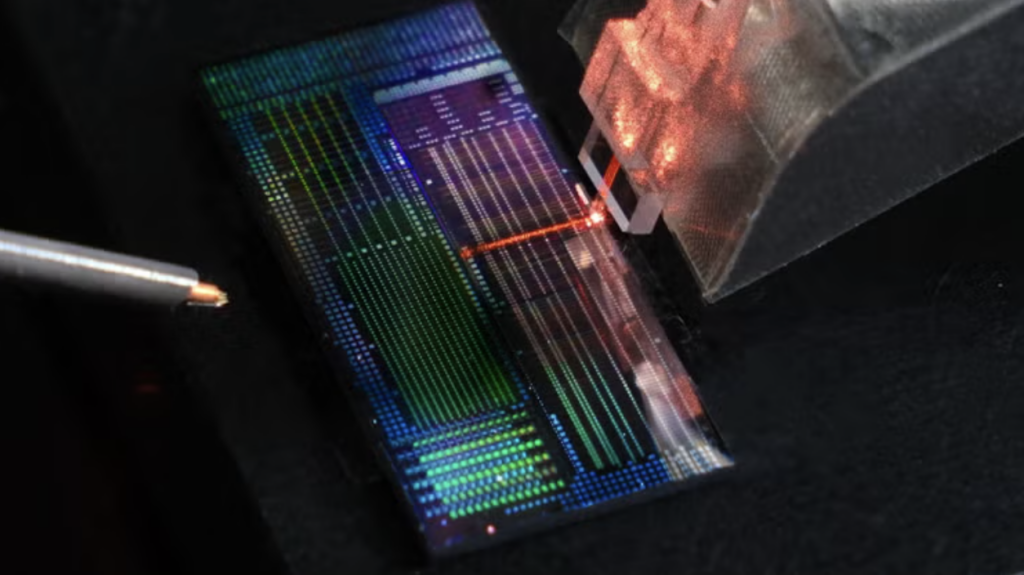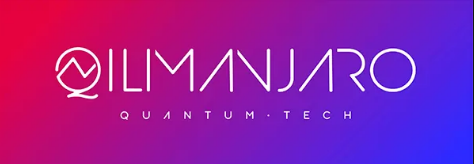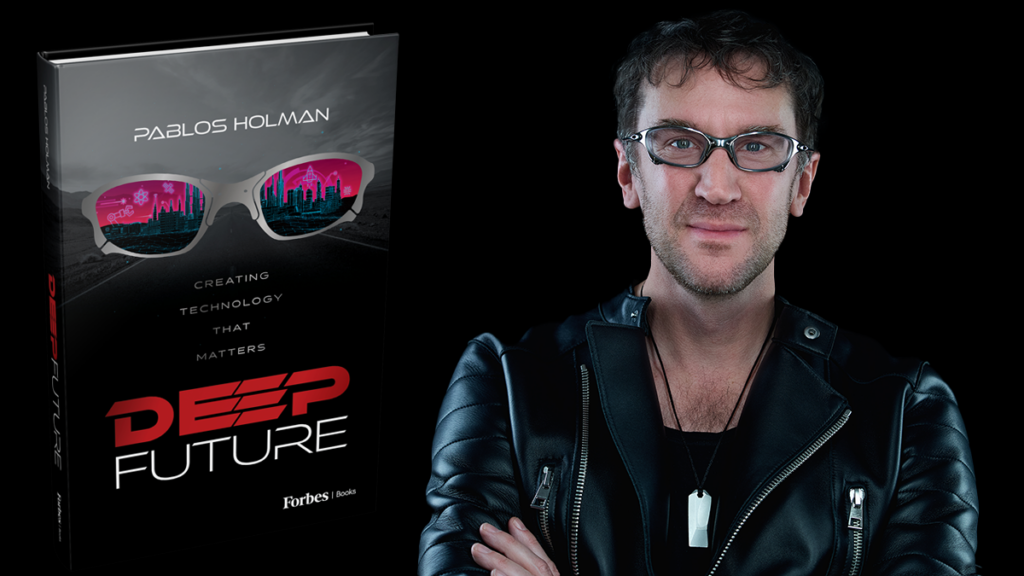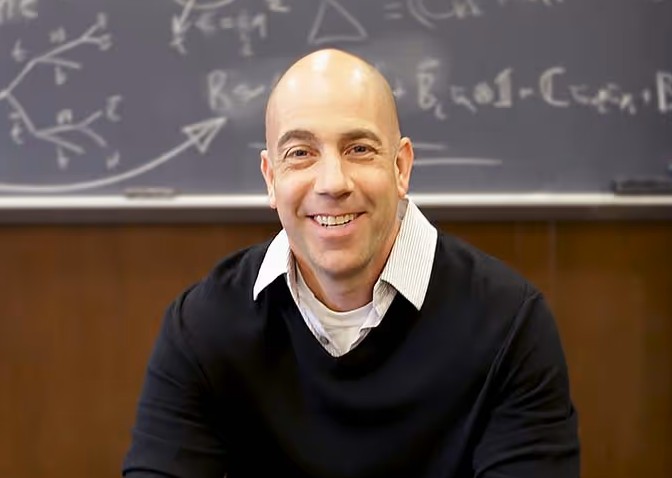Insider Brief
- Goethe University is set to install its first quantum computer.
- XeedQ is scheduled to deliver the device, based on the technology of nitrogen vacancies in a synthetic diamond, in the first quarter of 2024.
- Named “Baby Diamond,” the device will start as a five-qubit pilot system.
PRESS RELEASE — With the upcoming installation of its first quantum computer, Goethe University will join the list the leading German universities in the field of applied quantum computing: Based on the technology of nitrogen vacancies in a synthetic diamond, Frankfurt’s first quantum computer, named “Baby Diamond”, will start as a pilot system with five qubits. Ulm-based start-up XeedQ is scheduled to deliver the device in the first quarter of 2024, with initial pilot users expected to come from Goethe University Frankfurt and the National High Performance Computing NHR Alliance.
The topic of quantum computing is a future technology that is currently on everyone’s lips, promising to tackle tasks in the fields of computer simulation and AI that were previously too large or even unsolvable using digital methods. “With our new pilot quantum computer, we are taking an important step into this revolutionary field, which will soon be followed by others,” says Goethe University President Prof. Enrico Schleiff. “Baby Diamond will give us a first glimpse into a future in which great computational challenges, the likes of which we cannot even imagine today, will become possible.”
Ulrich Schielein, Goethe University Vice President and Chief Information Officer (CIO), adds: “It is likely that, in a few years’ time, we will be able to address completely new types of problems not only from the worlds of finance, logistics in rail, air and road transport, medicine and biology, weather and climate research, but also in the fields of basic sciences, like physics and chemistry, or the training of basic models of artificial intelligence. We are looking forward to working together with researchers, companies and institutions here in the Rhine-Main region.”

The quantum computer uses a small synthetic diamond, commonly found in industrial applications, in which nitrogen atoms are embedded, each of which induces a defect that can in turn be used as a central qubit. Spins of atoms can be controlled as further qubits around this defect, making practical quantum computing possible.
“Our entry-level system is based on the idea of a compact quantum computer that can be used at room temperature, doesn’t require any special cryogenic cooling, can be set up in a small laboratory and is particularly energy-efficient,” says Prof. Thomas Lippert, head of the modular supercomputing and quantum computing working group, established at Goethe University’s Faculty of Computer Science and Mathematics in summer 2020. “As a university, by installing the quantum computer, we are consciously taking a stand against the current monopolization of large companies that hide their systems behind paywalls. It being a compact system, we can already train students today in a hands-on manner directly on the device – exactly what is needed to become fit for the future.”
The quantum computer is part of the so-called “Frankfurt Roadmap”, which sets out to procure up to 16 high-quality qubits by 2025 and gradually increase this number in the future. The pilot system operated in collaboration with the NHR Alliance will help establish an infrastructure at Goethe University that will closely link quantum computing with high-performance computing. In this context, Goethe University was able to secure Forschungszentrum Jülich with its JUNIQ quantum computing infrastructure as a scientific partner –a global pioneer in modular hybrid quantum HPC computing.
The system is being developed by XeedQ, which is based both in Leipzig and at the German Aerospace Center’s innovation hub in Ulm. XeedQ is funded by the latter’s Quantum Computing Initiative, with a view towards developing a scalable quantum computing technology.
Quantum computing is often referred to as the second quantum revolution. Goethe University’s quantum computer will be located on the historic Bockenheim Campus, where Stern and Gerlach’s famous experiment, carried out more than 100 years ago, laid the foundation for today’s quantum computing and served as an important part of the first quantum revolution. With its Baby Diamond, Goethe University is paving the way to bring new quantum revolutions back to Frankfurt.
If you found this article to be informative, you can explore more current quantum news here, exclusives, interviews, and podcasts.


















